Mission of San José del Cabo Añuití was founded by Father Nicholas Tamaral on April 8, 1730. It was for some time vital for the seafaring business between America and Asia. The Los Cabos region was a landing point for ships that carried out the long trade journeys between New Spain and Spain’s territories in Asia. The crews of the Manila Galleon, also known as the “Nao de China”, resupplied themselves here with water, fruit and other supplies. It really helped them overcome the long transoceanic journeys.
Although the mission had land and water resources enabling it to develop agriculture, it was not able to prosper. This mission was one of the first to disappear in Baja California. This failure was mostly due to the confrontation with the local native indigenous groups. It prevented the uninterrupted growth and development of this religious settlement. One of the most significant events, that marked the history of the mission, was the brutal murder of Father Nicholas Tamaral.
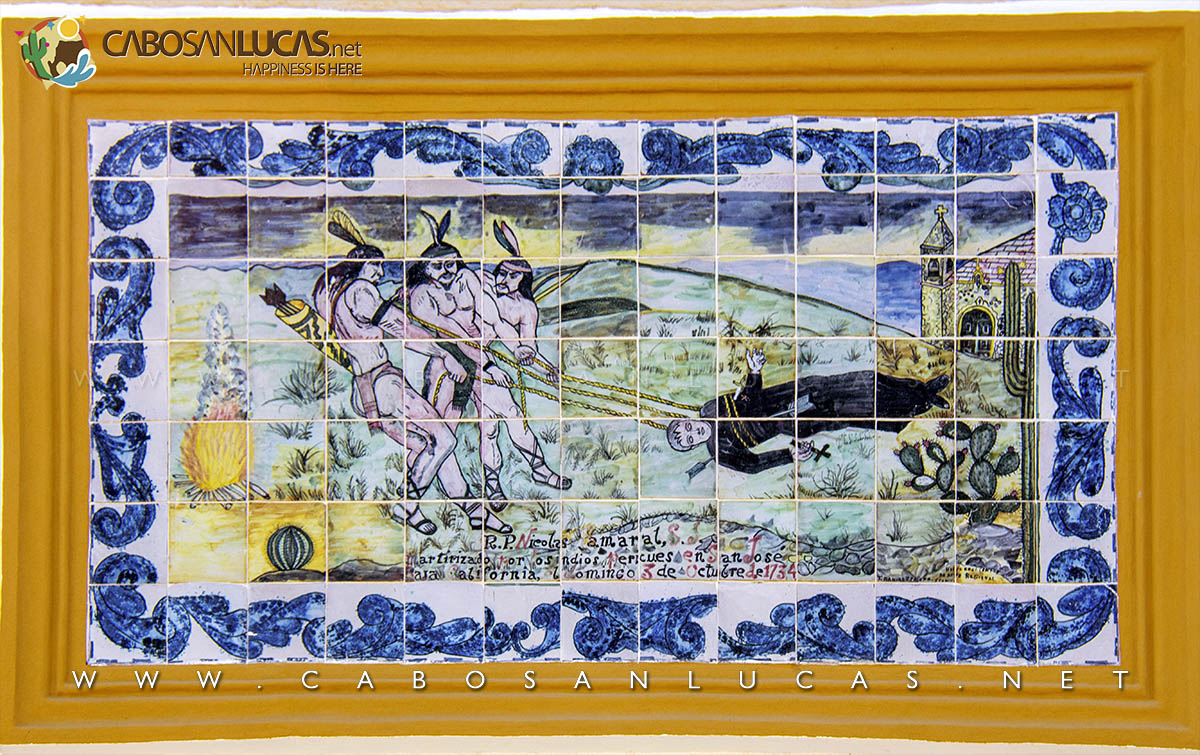
The Mission of San José del Cabo Añuití was the southernmost of the Jesuit missions established during Mexico’s colonial period history in the territory of Baja California — corresponding to the present state of Baja California Sur. The mission was dedicated to San Jose (Saint Joseph) and was built on the site that the pericúes called Añuití.
This mission started on April 8, 1730, by the Jesuit Nicolás Tamaral and visiting father Jose Echeverría. Originally the mission was established near the beach. It was later relocated some 5 miles inland to what is known as San José Viejo (Old San Jose) in what was considered a healthier location. The mission was staffed by the great benefactor of the Californian missions, the Marquis of Villapuente. Father Tamaral was in charge of the new mission that started off successfully with 1034 baptized pericúes in the first year.
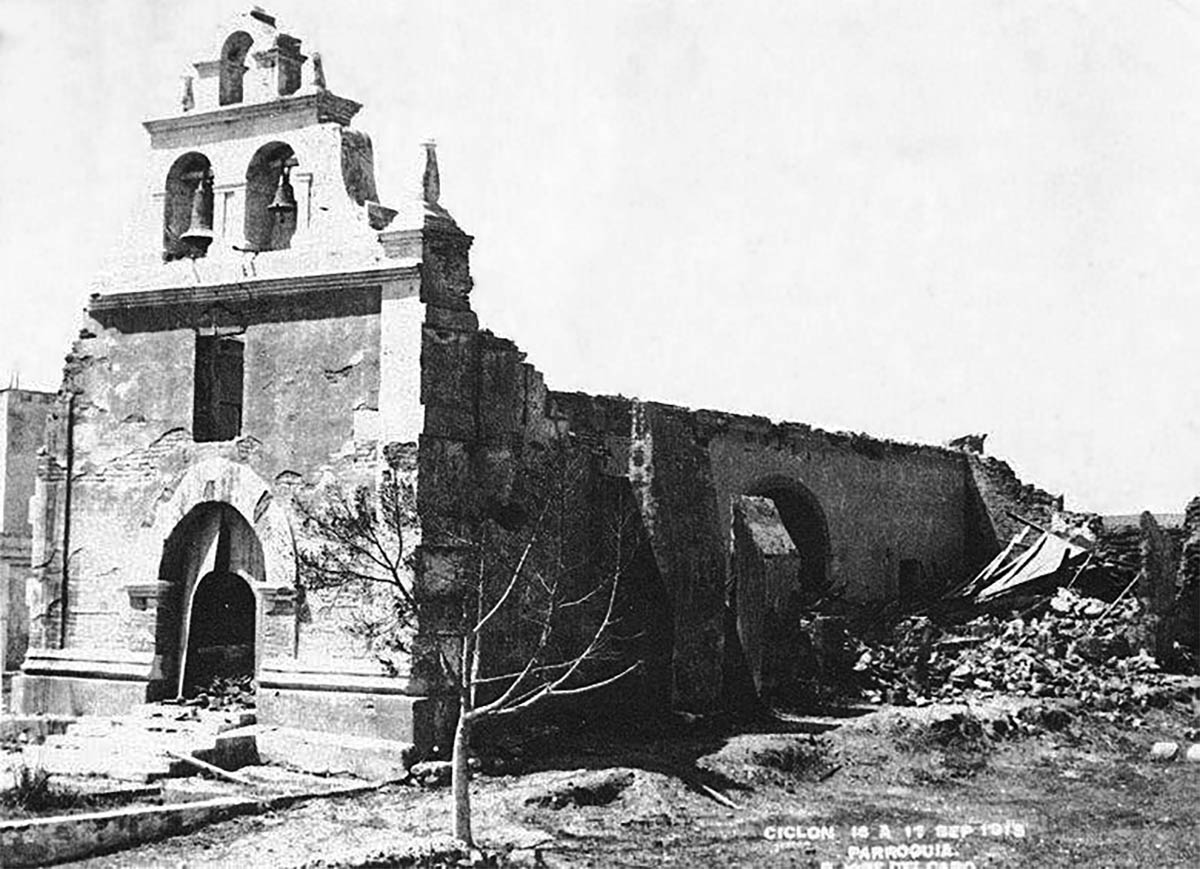
Nearing the end of 1733 a Pericú rebellion/uprising began. The strongest ones in Old California and encompassed all the missions of the far south, including that of San José del Cabo. Father Tamaral was murdered by the pericú natives at the mission on October 3rd, 1734, a few days after those same natives had killed Father Carrasco at the Santiago de Los Coras Mission. In the face of this rebellion, the missionaries asked the viceroy of New Spain and the governor of Sinaloa for help. Although an important military contingent was sent, peace did not come until 1737.
In 1750 the indigenous population of this mission was more or less one hundred individuals. By 1762 it was 63 people; 50 in 1769 and by 1800 reached 200. This last increase in the indigenous population was mostly due to the closure of the mission of Santiago. Santiago’s constituents were transferred to San José del Cabo. However, from that year on, the population continued decreasing, and by 1840 the mission was permanently abandoned because of the disappearance of the pericú.
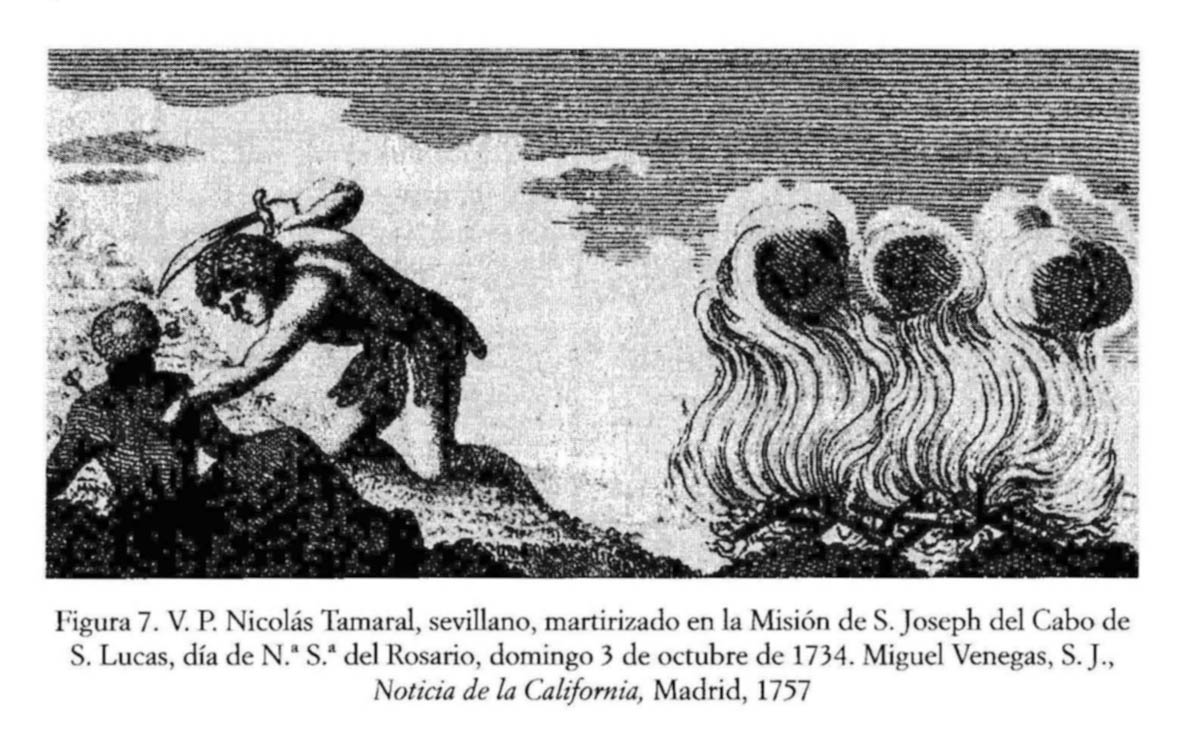
Origin of the conflict and uprising of the Pericúes
The two cultures that lived in the area of San Jose del Cabo, had great differences. The Pericúes were a people that gathered fruits, roots and other foods in the area and formed very large families under the command of caciques, such as Cristóbal Chicorí in San José and Domingo Salvador Cunuam, alias Botón, in Santiago.
During the evangelization carried out by the missionaries, they rejected the polygamy of the Pericúes, this created a very strong resentment in the caciques. They enjoyed an easy life with little work, leaving the hard toil to their women. The evangelistic message of monogamy and work as the path to redemption was not appreciated by them.
When Chicori abducted another young Pericú girl, he was strongly reprimanded. He ordered the murder of Father Carranco in Santiago de Los Coras. They then marched to San José, where with arrows, blows and finally burned, they also ended the life of Father Nicolás Tamaral.
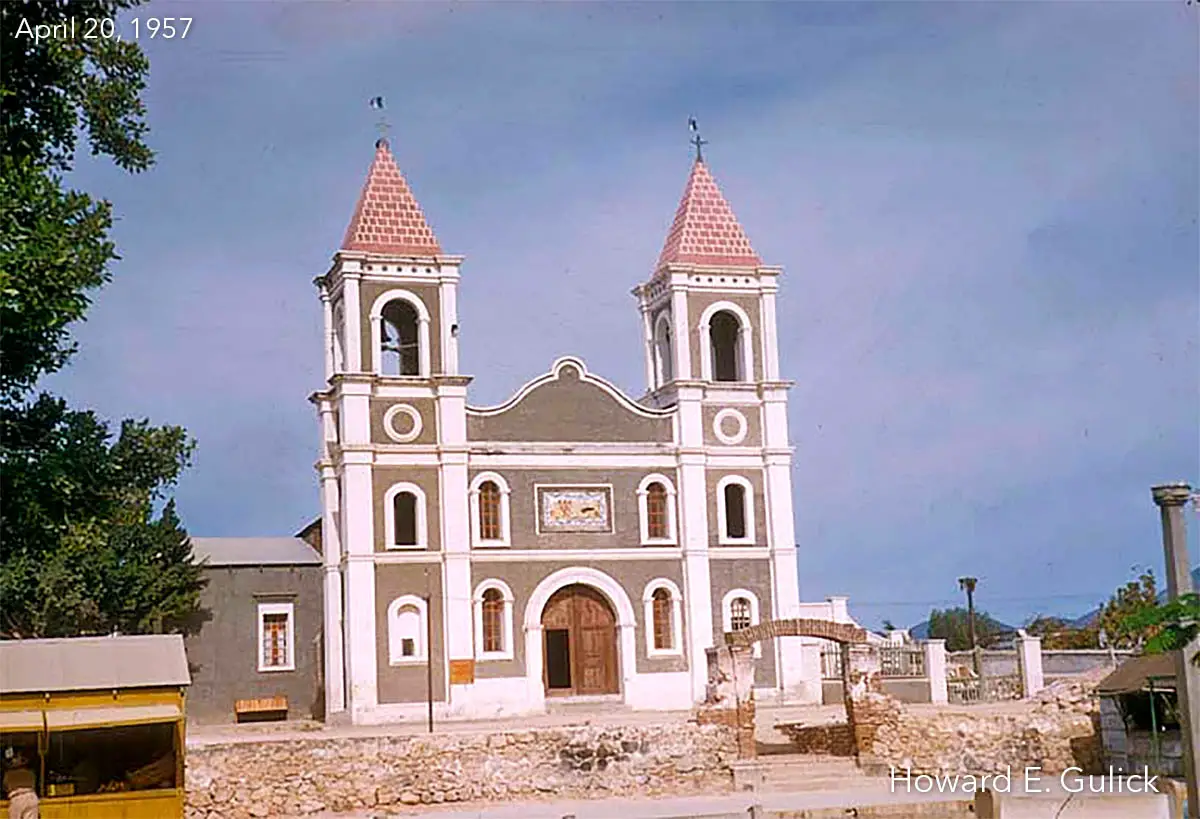
Despite the state of decline that the mission had in the nineteenth century, in 1822 it was possible to reject the attack of the ship called Independencia, commanded by Chilean insurgents. During this attack, the mission temple was severely damaged, leaving it in very bad shape.
The current church was built in 1940 by Mijares Square (Plaza Mijares) of the previous constructions nothing is left.
Today, it is part of the town of San José del Cabo, in the beautiful Municipality of Los Cabos. As a tradition, there are celebrations for the foundation of the place and in honor of this saint in the middle of March of each year.
The current church was built in 1940 beside Plaza Mijares (Miajres Square) in downtown San José del Cabo, nothing remains of the previous constructions.
Today it is part of the town of San Jose del Cabo, in the beautiful municipality of Los Cabos and as is the tradition, celebrations are held for the founding of the town and in honor of this saint (San José – Saint Joseph) in mid-March every year.
Address: Zaragoza and Hidalgo Street, San José del Cabo
Hours: 7 AM – 9 PM
Phone: (624) 142-0064



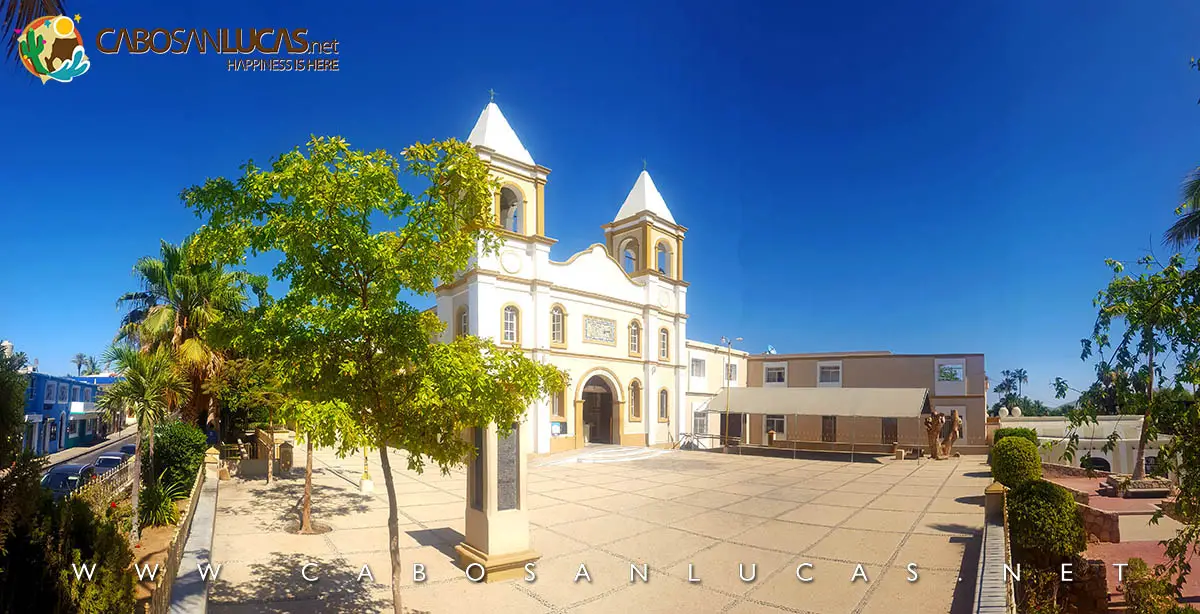
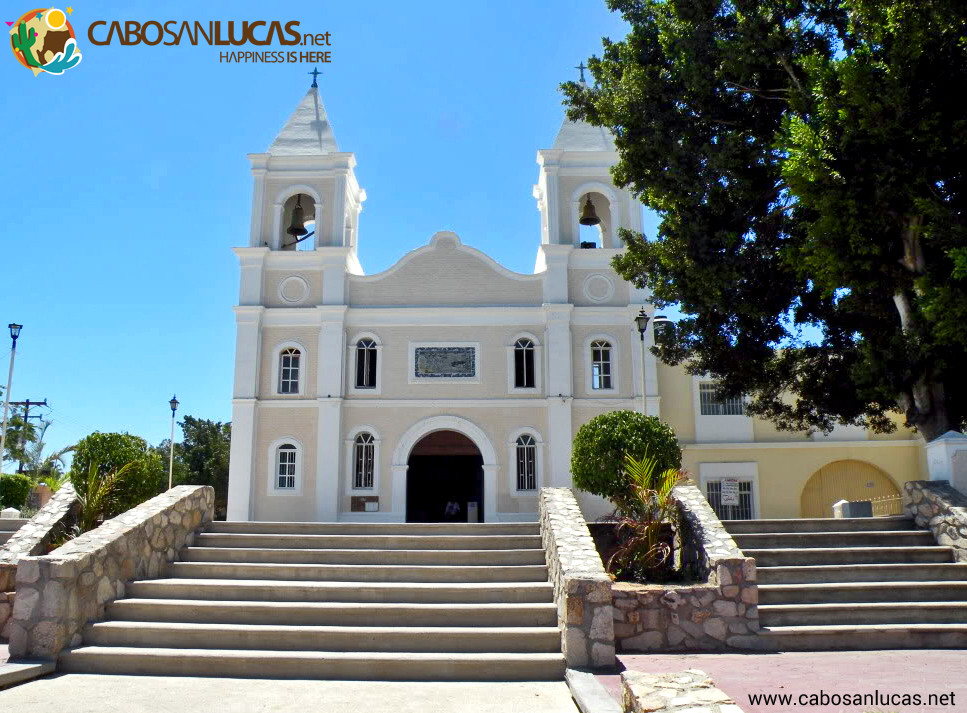

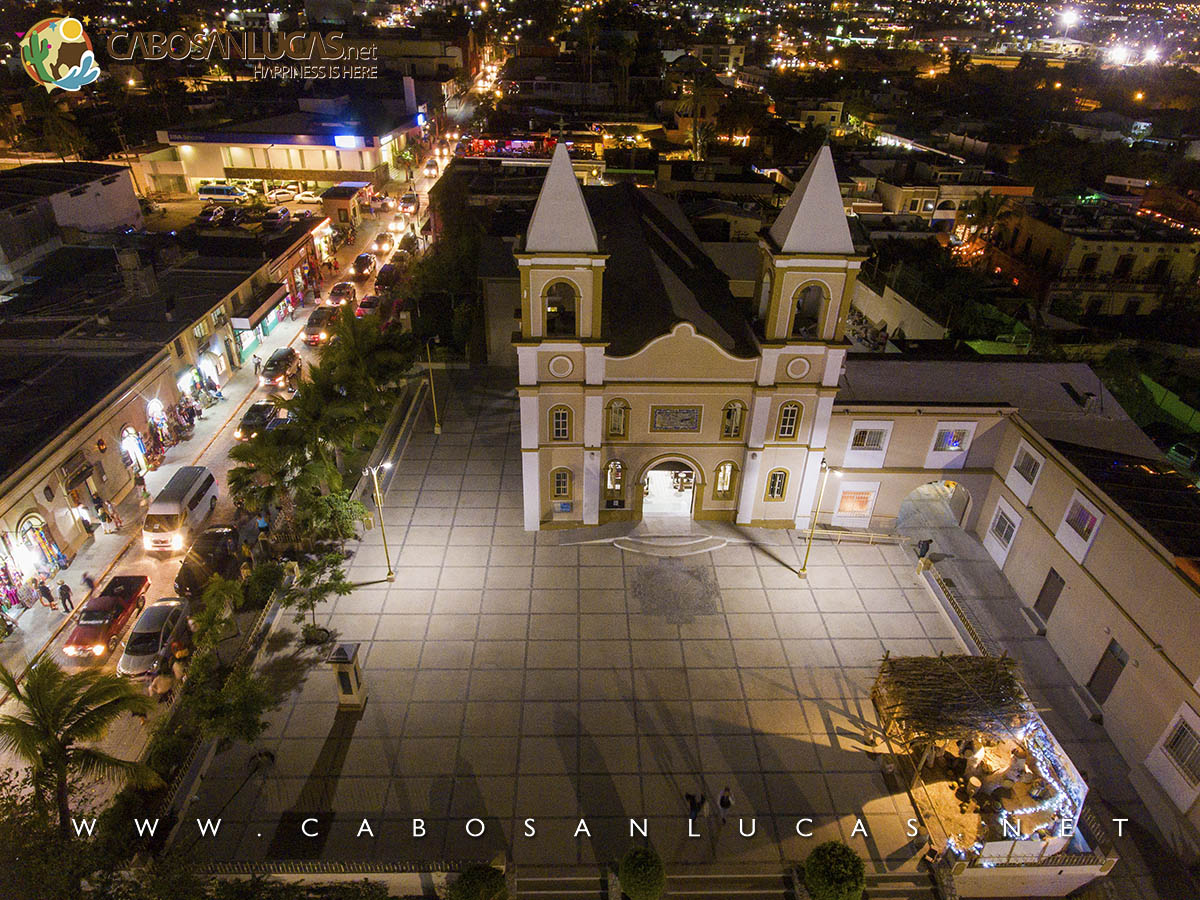
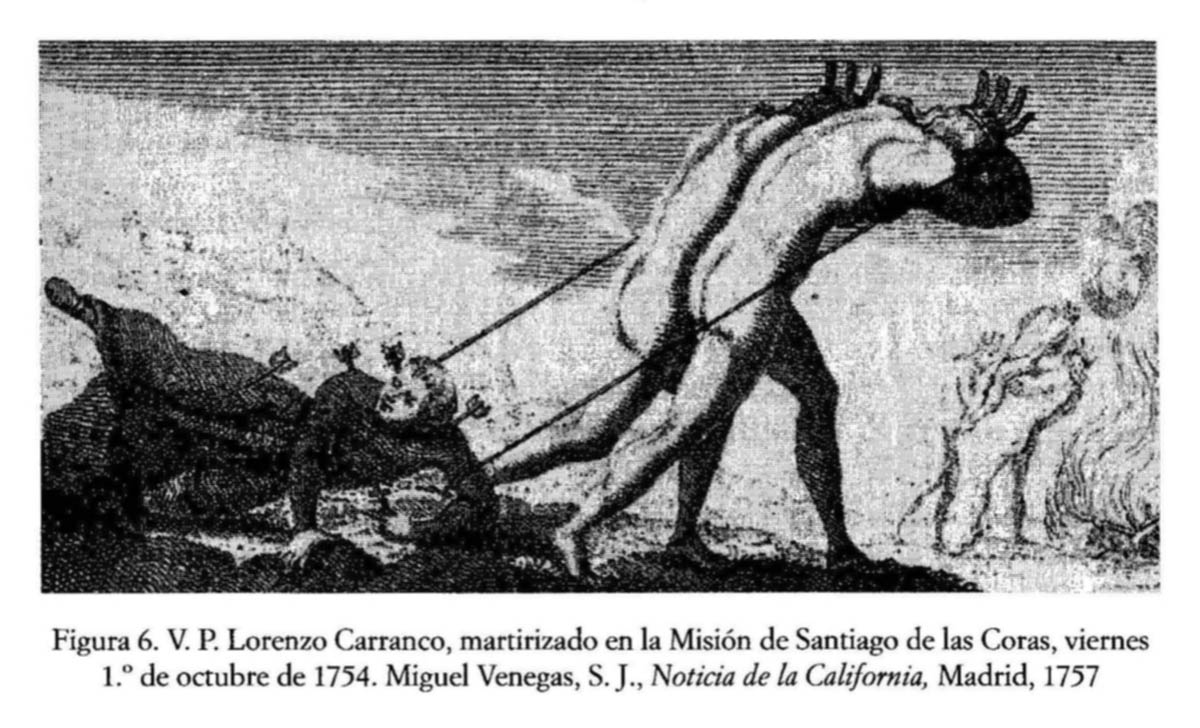
Leave A Comment